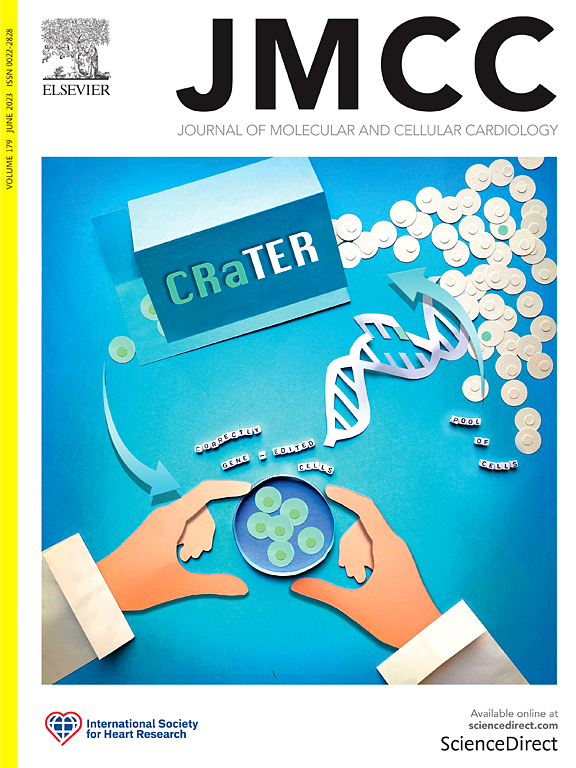靶向NLRP3炎性小体-气皮蛋白D轴对抗心血管疾病
IF 4.7
2区 医学
Q1 CARDIAC & CARDIOVASCULAR SYSTEMS
引用次数: 0
摘要
心血管疾病仍然是全球主要的死亡原因,炎症在其病理过程中起着至关重要的作用。尽管心血管疾病管理取得了进步,但目前的治疗方案主要针对风险因素和症状,而不是潜在的疾病机制。其中关键的机制驱动因素是先天免疫系统的NLRP3多蛋白炎性体复合物,它在细胞应激或损伤的反应中被激活。NLRP3激活的关键下游效应物之一是气真皮蛋白D,它在质膜上形成孔隙,引发热腐细胞死亡,导致促炎细胞因子的释放。本文将重点介绍NLRP3炎性体激活和气皮蛋白d介导的焦亡在心血管疾病中的作用,包括动脉粥样硬化、心肌梗死、缺血性卒中和糖尿病性心肌病。它还将确定针对NLRP3炎症小体-气皮蛋白D轴的最新创新治疗方法,这些方法目前正在临床前研究和临床试验中进行评估。本文章由计算机程序翻译,如有差异,请以英文原文为准。
Targeting the NLRP3 Inflammasome-Gasdermin D Axis to Combat Cardiovascular Diseases
Cardiovascular disease remains a leading global cause of mortality, with inflammation playing a crucial role in driving its pathology. Despite advancements in cardiovascular disease management, current treatment options primarily address risk factors and symptoms rather than underlying disease mechanisms. Among the key mechanistic drivers are the NLRP3 multiprotein inflammasome complexes of the innate immune system, which are activated in response to cellular stress or injury. One of the key downstream effectors of NLRP3 activation is gasdermin D, which forms pores in the plasma membrane to initiate pyroptotic cell death, leading to the release of pro-inflammatory cytokines. This review will highlight the role of NLRP3 inflammasome activation and gasdermin D-mediated pyroptosis in driving cardiovascular diseases, including atherosclerosis, myocardial infarction, ischemic stroke and diabetic cardiomyopathy. It will also identify recent innovative therapeutic approaches that target the NLRP3 inflammasome-gasdermin D axis, which are currently being evaluated in preclinical studies and clinical trials.
求助全文
通过发布文献求助,成功后即可免费获取论文全文。
去求助
来源期刊
CiteScore
10.70
自引率
0.00%
发文量
171
审稿时长
42 days
期刊介绍:
The Journal of Molecular and Cellular Cardiology publishes work advancing knowledge of the mechanisms responsible for both normal and diseased cardiovascular function. To this end papers are published in all relevant areas. These include (but are not limited to): structural biology; genetics; proteomics; morphology; stem cells; molecular biology; metabolism; biophysics; bioengineering; computational modeling and systems analysis; electrophysiology; pharmacology and physiology. Papers are encouraged with both basic and translational approaches. The journal is directed not only to basic scientists but also to clinical cardiologists who wish to follow the rapidly advancing frontiers of basic knowledge of the heart and circulation.

 求助内容:
求助内容: 应助结果提醒方式:
应助结果提醒方式:


